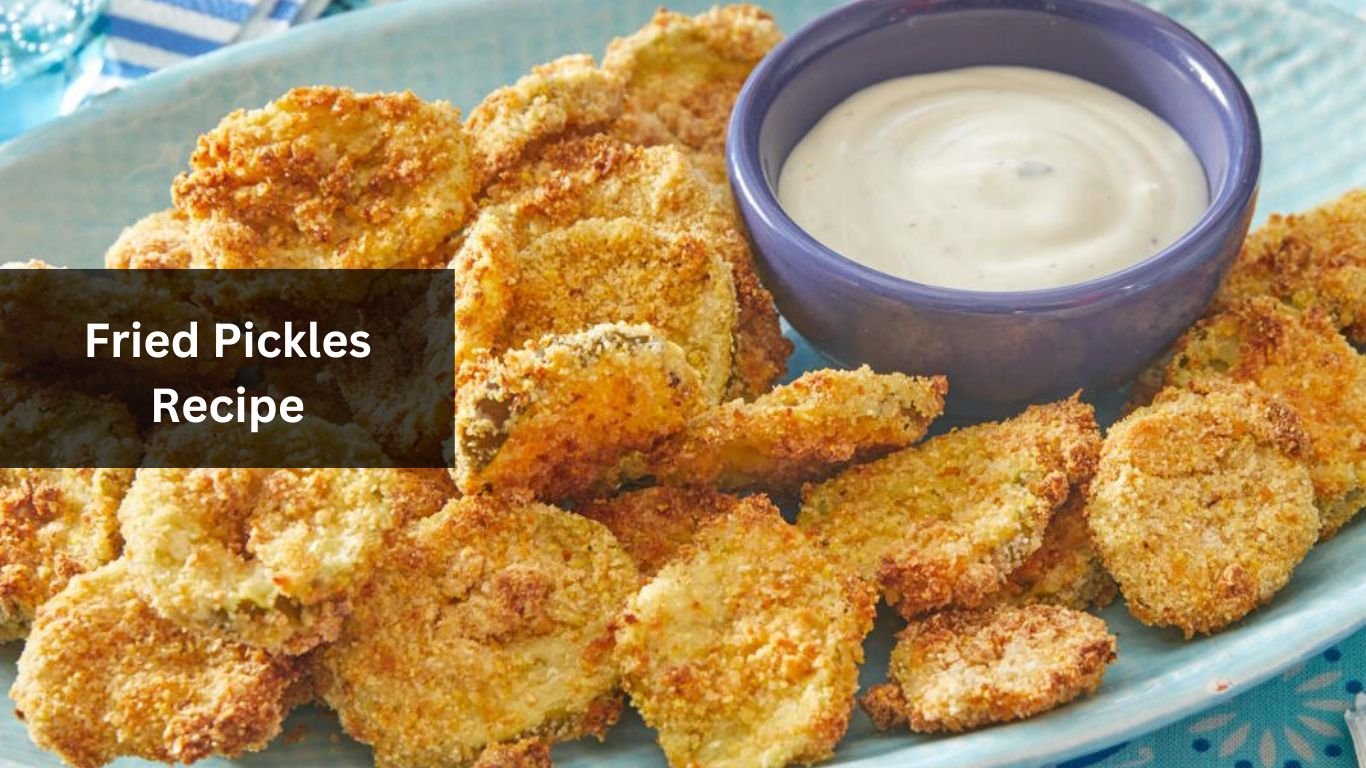Have you ever craved a snack that’s tangy, crunchy, and downright addictive? Look no further than the humble fried pickles! These savory delights offer a tantalizing combination of flavors and textures that are sure to satisfy any craving. In this article, we’ll dive deep into the world of fried pickles, exploring everything from their history to step-by-step recipes that will have you frying up a batch in no time.
The Origin Story: A Brief History of Fried Pickles
Believe it or not, fried pickles have been tantalizing taste buds for decades. While their exact origins are somewhat murky, they are believed to have originated in the Southern United States, where they quickly became a beloved snack at state fairs and local eateries. Some credit the invention of fried pickles to Bernell “Fatman” Austin, a cook at the Duchess Drive-In in Atkins, Arkansas, who reportedly stumbled upon the idea by accident when battering and frying some leftover pickles.
The Science Behind the Crunch
What makes fried pickles so irresistibly crunchy? It all comes down to the batter. A typical batter for fried pickles consists of flour, cornmeal, spices, and sometimes a hint of beer or buttermilk for added flavor and texture. When the pickles are dipped in this batter and fried to golden perfection, the result is a crispy coating that gives way to a juicy, tangy pickle with every bite.
Choosing the Perfect Pickle
When it comes to making fried pickles, not all pickles are created equal. For the best results, opt for dill pickles with a robust flavor and firm texture. Avoid sweet pickles, as their sugary flavor can throw off the balance of flavors in the final dish. Additionally, be sure to pat the pickles dry with a paper towel before battering and frying them to remove excess moisture, which can cause the batter to become soggy.
The Art of Frying
Now that you’ve selected the perfect pickles, it’s time to master the art of frying. Begin by heating a pot of oil to 375°F (190°C). While vegetable oil works well for frying, you can also experiment with other oils such as peanut or canola for a different flavor profile. Once the oil is hot, carefully drop the battered pickles into the oil in small batches, being sure not to overcrowd the pot. Fry the pickles for 2-3 minutes, or until they are golden brown and crispy. Use a slotted spoon to remove the pickles from the oil and place them on a paper towel-lined plate to drain any excess oil.
Serving Suggestions
Fried pickles are delicious on their own, but they also pair well with a variety of dipping sauces. From creamy ranch dressing to zesty chipotle aioli, the possibilities are endless. For an extra kick of flavor, try sprinkling the fried pickles with a dash of hot sauce or a squeeze of fresh lemon juice before serving.
Conclusion
In conclusion, fried pickles are a deliciously addictive snack that is easy to make at home. With just a few simple ingredients and a bit of frying know-how, you can whip up a batch of crispy, tangy pickles that are sure to impress. So why wait? Get frying and indulge in this Southern classic today!
FAQs:
Can I use any type of pickle for fried pickles?
While you can technically use any type of pickle, dill pickles are recommended for their robust flavor and firm texture.
Can I make fried pickles ahead of time and reheat them?
While fried pickles are best enjoyed fresh, you can reheat them in the oven at 350°F (175°C) for a few minutes to crisp them up again.
Are fried pickles gluten-free?
Traditional fried pickles are not gluten-free, as they are typically coated in a batter made from flour and cornmeal. However, you can experiment with gluten-free flours and cornmeal to create a gluten-free version.
What dipping sauces pair well with fried pickles?
Popular dipping sauces for fried pickles include ranch dressing, chipotle aioli, and spicy mustard.

